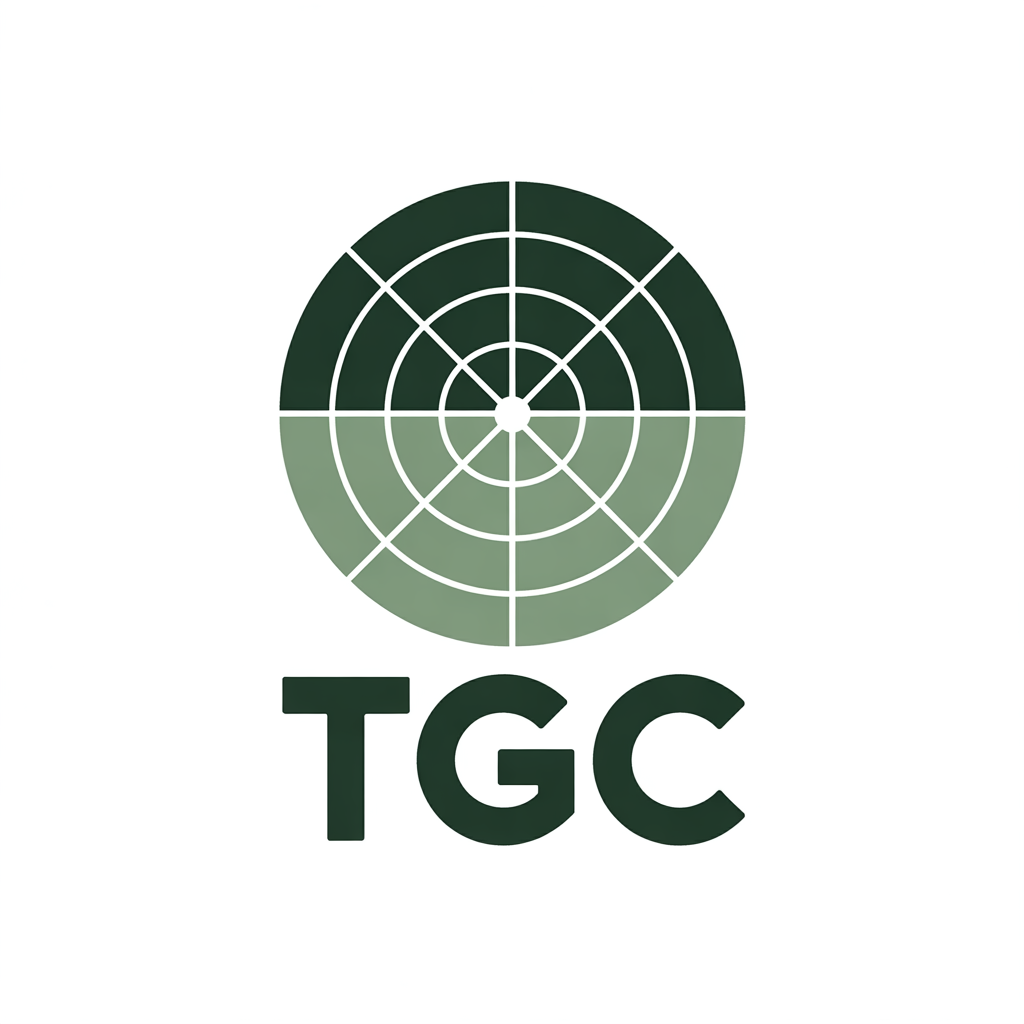In the complex world of business innovation and growth, organizations often embark on initiatives driven by passion, market demand, or the promise of disruptive impact. While these aspirations are laudable, strategic missteps can jeopardize both short-term outcomes and long-term success. This article outlines the most common mistakes made during the exploratory and execution phases of business projects, offering a high-level, strategic lens to navigate these challenges.
1. Starting with a desire, but without strategic alignment
Every successful initiative starts with a spark of inspiration—a will to address a pain or innovate in a particular domain. However, many companies fail to align this vision with strategic objectives. Misaligned initiatives often result in diluted focus, wasted resources, and unfulfilled potential.
Strategic Solution:
- Clearly define the alignment between the initiative and the organization’s broader goals.
- Use frameworks such as OKRs (Objectives and Key Results) to set measurable benchmarks.
2. Prioritizing immediate profitability over sustainable gains
Focusing solely on direct profitability can stifle creativity and limit the initiative’s transformative potential. This myopic view often results in underinvestment in critical early phases, such as research and development.
Strategic Solution:
- Develop a dual focus: short-term KPIs and long-term strategic milestones.
- Communicate the value of long-term gains, such as intellectual property creation or customer loyalty, to stakeholders.
3. Failing to allocate sufficient time for exploration
One of the most prevalent errors is expecting results too quickly. The pressure to demonstrate immediate outcomes often leads organizations to cut corners or prematurely abandon promising avenues. Additionally, organizations may not dedicate adequate human resources to the exploratory phase.
3.1 Wanting results too soon
Rushing through exploration can result in shallow insights and untested assumptions. It also limits the creativity because the employees are under the pressure of delivering something fast instead of focusing on delivering something innovative.
3.2 Neglecting dedicated resources
Without assigning specific teams to manage exploration, projects often lose momentum or direction.
Strategic Solution:
- Set realistic timelines for exploratory phases, recognizing their iterative nature.
- Establish cross-functional teams to ensure diverse perspectives and dedicated focus.
4. Ignoring external expertise
Internal teams, while knowledgeable, can be limited by organizational blind spots or cognitive biases. Failing to engage external experts or benchmark against other industries restricts the scope of innovation.
Moreover, running exploratory works and design thinking workshops require expertise that are not really well represented in the iGaming.
4.1 Learning from other industries
Industries often solve similar problems using different approaches. Drawing parallels can yield innovative solutions. The Gambling sector for instance, looks a lot like the banking industry, where competition, taxes and regulations are driving most businesses.
Strategic Solution:
- Invest in external consulting or advisory services to bring fresh perspectives.
- Conduct competitive analysis across industries to uncover adaptable best practices.
5. Underestimating costs
Many initiatives falter because organizations fail to measure costs accurately, particularly hidden or indirect expenses. The financial implications of human resources and tools are often overlooked.
5.1 Human resources
Exploration phases demand skilled personnel who can dedicate time and expertise. And time is representing a cost to your business, that you have to follow.
5.2 Tools and technologies
Being innovative isn’t a matter of tools; using the Lean Start-up principles will allow you to limit your spendings to what truly matters.
Strategic Solution:
- Budget for exploration with the same rigor as execution, ensuring transparency in cost allocations.
- Avoid the sunk-cost fallacy by regularly evaluating whether continued investment aligns with strategic priorities.
6. Undervaluing learning as an outcome
Organizations often dismiss the non-financial gains from exploratory phases. However, learning is an intangible asset that can yield significant long-term value.
6.1 Learning as a non-financial gain
Insights gained during exploration can inform future initiatives and improve organizational agility. That’s why innovation and AI must be ran with another mindset, because looking for quick results will prevent from any results. And learning achieved today can still bring value tomorrow.
Strategic Solution:
- Document and disseminate key learnings across the organization.
- Recognize learning outcomes in performance evaluations to encourage exploration.
7. Approaching Projects Without a Proven Methodology
Without a structured approach, initiatives often become disorganized, leading to inefficiency and reduced impact.
7.1 Lean Startup Methodology
The Lean Startup model emphasizes building, measuring, and learning in iterative cycles, enabling rapid validation of ideas.
7.2 TGC Framework
The TGC framework allows organizations to scale initiatives in controlled phases, balancing risk and reward. Our approach delivers strong results in 3 months, with re-assessment every quarter to ensure we’re aligned with our clients expectations.
Strategic Solution:
- Choose a methodology suited to the initiative’s complexity and scale.
- Train teams in agile principles to ensure adaptability.
8. Budgeting for exploration to Avoid Sunk-Cost Fallacy
Even exploratory phases need structured budgets. Without this, organizations risk investing disproportionately in initiatives that no longer align with strategic goals.
Strategic Solution:
- Treat exploration as a project with defined budgets and review checkpoints.
- Be willing to pivot or terminate initiatives based on measurable criteria.
Conclusion
Strategic missteps during business initiatives can significantly impact outcomes, wasting time, resources, and opportunities. By recognizing and addressing common pitfalls—such as underestimating the value of exploration, failing to engage external expertise, or prioritizing immediate profitability—organizations can foster innovation and drive sustainable success. Leveraging proven methodologies and strategic alignment ensures that every initiative contributes meaningfully to long-term goals.
Ready to explore what AI and Innovation has to offer ?
Reach us directly through the following links.

Pierric Blanchet
Founder @ TGC
Frequently asked questions
External expertise provides fresh perspectives, industry insights, and specialized knowledge that internal teams may lack. It can help identify blind spots and foster innovation.
Organizations should allocate dedicated resources and budgets for exploration while using structured methodologies like Lean Startup or TGC to transition seamlessly into execution
Key tools include project management software, data analytics platforms, and prototyping tools, all of which enhance efficiency and decision-making.
The sunk-cost fallacy occurs when organizations continue investing in failing projects due to prior investments. It can be avoided by setting clear criteria for pivoting or termination.


